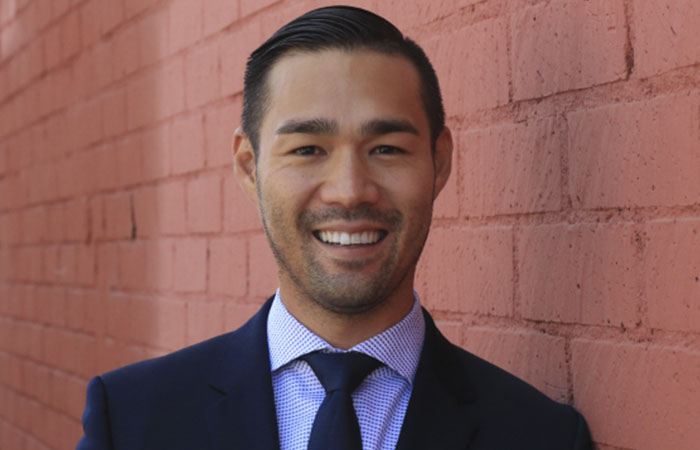March 17th, 2021, 12:00 pm PT / Category: Interviews
Can digital health solutions improve your quality of life?
Chris Ellis is a startup veteran with four previous exits where he held roles ranging from National Channel Manager to Head of Sales in which he led the go to market strategy, strategic partnerships and distribution models. Chris is currently CEO and cofounder of AudioCardio™, a digital health and wellness company that has developed technology that aims to restore sensorineural hearing loss.
There has been very little innovation in the hearing industry over the last several decades and individuals with mild to moderate hearing loss are often turned away without a solution for their condition as they are not always good candidates for hearing aids. However, many individuals that could benefit from using a hearing aid choose not to purchase or wear them due to the lack of access to care, high costs, and negative social stigma associated with them. This is also the reason why people wait an average of seven years after noticing a hearing issue before they seek professional help.
Untreated hearing loss has been associated with devastating secondary physical, mental and economic issues. Individuals with untreated hearing loss are up to 3x more likely to fall, have up to a 5x risk in developing dementia, and have increased feelings of loneliness, isolation, and depression.
AudioCardio is a mobile app that assesses your hearing and generates a personalized sound therapy (inaudible) designed to maintain and strengthen your hearing. It is a once a day, one hour sound therapy that stimulates the cells inside your ear. You can think of it like exercise or physical therapy for your hearing. The sound therapy is delivered using headphones or earbuds, is completely passive and runs in the background while you do other activities like listening to music, checking email and falling asleep.
AudioCardio’s technology has been clinically tested with Stanford University, Palo Alto Medical Foundation and Samsung Medical Center with over 70% of the participants having a minimum of a 10 decibel change in as little as two weeks.
How To Use (video)



